Let’s talk about the fine line between sales, marketing, and strategy. We all want quick wins—tangible, short-term results with a clear ROI. When we launch a campaign around our products or services, we expect immediate response and conversion. But the reality is: sometimes the true impact of a marketing strategy unfolds over time. And in many cases, it quietly builds brand perception and even financial valuation long before the revenue shows up.
There’s a subtler dimension at play—one where strategic campaigns elevate brand perception, which in turn boosts investor confidence. This often translates into rising stock value and stronger long-term valuation.
Let’s look at companies that have done more than just drive sales. These brands have positioned themselves to build lasting value.
Apple: Exclusivity that Sells—and Scales
Apple campaigns sell more than products; they sell aspiration. That luxury perception allows them to command premium prices—and earns them long-term trust from investors.
Tesla: A Futurist Narrative That Fuels Markets
Tesla doesn’t just market electric cars—it markets innovation itself. Its futuristic brand story has pushed its market valuation far beyond traditional auto players.
Nike: Cultural Identity as a Financial Asset
Nike has built emotional connections that go beyond footwear. As a cultural symbol, it generates loyalty and a sense of community that resonates with both consumers and shareholders.
These high-profile cases show how powerful storytelling can drive real value. But they’re not alone. In recent months, other brands have either gained—or lost—financial ground due to their strategic marketing moves.
One recent example is Nike, which in July 2025 reignited consumer and investor interest by returning to limited drops and retro styles—tapping into its sneakerhead fanbase. This emotional reconnection proved not just trendy, but profitable.
American Eagle also made waves with a controversial campaign featuring actress Sydney Sweeney. Despite the polarizing response, the brand saw its stock price jump by as much as 23%. The case highlights how media exposure—if strategically handled—can strengthen brand positioning and market trust.
On the luxury front, Burberry reconnected with its British heritage through the It’s Always Burberry Weather campaign. The result? Stronger global perception and renewed engagement during a major business restructuring.
And in contrast, Cracker Barrel faced a backlash in August 2025 after unveiling a new logo and more urban positioning. The rebrand clashed with customer expectations, and the market responded harshly—its stock dropped more than 12% in a matter of days. It’s a cautionary tale: marketing missteps can erode value just as quickly as they create it.
The Intangible Marketing Equation
So here’s the real question: how can we build brands that create long-term financial value—not just short-term sales?
Think about your brand. What’s the first thing customers feel when they encounter it? Can they see beyond your push to sell?
Think about the coffee you drink every morning. What brand is it? Why do you choose it? What emotional connection does it trigger?
That’s the essence of intangible marketing—creating value that goes beyond the transaction.
To visualize this, we’ve drafted a symbolic equation to represent intangible marketing’s financial impact:
IM = (BP × L) + (SC × RC) + IN
Where:
- IM = Intangible Market Value
- BP = Brand Perception (trust, prestige, differentiation)
- L = Loyalty (retention, repeat purchases, emotional attachment)
- SC = Strategic Communication (clarity and consistency in brand messaging)
- RC = Cultural Relevance (alignment with values, trends, and communities)
- IN = Innovation (ability to anticipate, adapt, and stand out)
It might look complex—but the message is simple. Short-term sales matter, but sustainable brand value comes from long-term perception, loyalty, and innovation. This equation isn’t about buzzwords—it’s about designing strategies that drive measurable, intangible value in a world where brand reputation is a business asset.

Sergio Cáceres Velasco
Production Manager
Red Design Systems
Share
From the CEO’s strategic vision to real stories of brands that are marketing for real.

Subscribe to the newsletter and receive each edition with insights, tools and trends ready to apply.
document.getElementById( "ak_js_1" ).setAttribute( "value", ( new Date() ).getTime() );







